When people think of mangoes, they usually envision the juicy orange fruit, not the firm, creamy butter contained in the kernel. But that’s exactly where organic mango butter comes from. The large pit in a ripe mango contains a core, and when you squeeze that core, you get a pale, soft butter that cosmetic manufacturers love. It’s a little surprising if you’re not already familiar with it. You expect something fruity, maybe even something sweet-smelling. Instead, the butter is neutral, almost blank, making it an ideal base for cosmetic products where you want performance without an overwhelming scent.
A feeling that stands out
Take a piece of cocoa butter and you feel that it is firm, almost brittle. Mango butter, on the other hand, feels much softer. It retains its shape but melts almost immediately on contact with the skin, leaving a velvety feel. That’s what makes it so appealing: it moisturizes deeply without the greasy feeling you sometimes get with shea. If you’re making a light cream, that difference is important. One small detail worth mentioning: the texture can vary a bit depending on how it is processed, sometimes creamier, sometimes a bit firmer. That’s one of those natural quirks.
What’s in the butter?
Underneath that smooth texture are many fatty acids, mainly oleic and stearic acids, with some palmitic and linoleic acid added. These are the components that soften the skin, form a protective barrier and help retain moisture. It also contains a touch of vitamin A, plus antioxidants such as vitamin E, making mango butter known for its supportive effect on skin elasticity and resilience.
Skin benefits
Organic mango butter has earned a solid reputation in the world of skin care. Dry, cracked skin? It softens. Rough elbows and heels? It makes them smooth. Apply a little to chapped hands in winter and you’ll notice relief within minutes. Because it melts at body temperature, it is absorbed quickly and easily, and unlike petroleum-based moisturizers, it not only coats the surface but penetrates it.
People with sensitive or reactive skin often find it soothing. Shea butter sometimes causes mild itching or redness in rare cases; mango butter is milder and usually does not have that problem. It does not solve underlying conditions such as eczema, but as part of a supportive routine, it offers real comfort.
Why hair responds so well to it
It’s not just the skin that benefits. Mango butter has become a favorite in hair care, especially for curls, coils and waves. When applied to dry ends, it adds softness, shine and manageability without making hair feel heavy. Some stylists use it sparingly to smooth frizzy hair; others incorporate it into masks or leave-in conditioners for extra nourishment.
One of the reasons it works so well is its balance: rich enough to coat the hair strands, light enough to prevent build-up. Creators of shampoo bars especially appreciate it because it gives structure to the bar yet rinses out well. Small detail in the formula, big impact.
How formulators use it
The flexibility of mango butter makes it indispensable. Want a simple balm? Melt it, pour it into a can and you have a one-ingredient wonder product. Need a body butter? Then whip it up with oils like jojoba or almond for an airy, spreadable texture. For lotions and creams, a smaller percentage — about 3-5% — provides richness without feeling heavy. For thicker butters or masks, you can go much higher, sometimes as high as 30-40%, depending on the end goal.
Soap makers add a little bit to make the lather creamier. Makers of lip balm love it because of the way it glides. Even beard balm formulas benefit from it; it softens stiff hair without leaving a greasy film. Its neutral fragrance makes it a team player: it doesn’t clash with essential oils or scents you want to bring out.
The importance of ‘organic’
There is mango butter and there is organic mango butter. The difference is in how the mangoes are grown and how the kernels are processed. Organic certification means the mangoes are grown without synthetic pesticides or fertilizers, and the extraction is usually done by mechanical pressing, without harsh solvents.
For cosmetics brands, the word “organic” on a label is not just decoration, but a guarantee. Consumers increasingly want transparency and sustainability, and organic mango butter fits that demand perfectly. But beyond marketing, there is also a sense of trust. You know the butter is clean, carefully produced and meets environmentally conscious standards.
Comparison with shea and cocoa
It is impossible to talk about mango butter without comparing it to its better-known cousins. Shea butter is heavy, sometimes sticky, and has a distinctive nutty smell. Cocoa butter is firm, with that unmistakable chocolate aroma – delicious in some contexts, limiting in others. Mango butter? That one is right in between. Softer than cocoa, lighter than shea, neutral in scent.
This “in-between” nature makes it a favorite of formulators. Want to keep a face cream from getting too rich? Then use mango. Want a body butter that’s rich but not sticky? Then again, use mango. It fills the gap beautifully.
Daily practical use
For end users, mango butter finds its way into countless routines. It works as a base for lip balm, providing both glide and staying power. It is perfect in hand creams, where quick absorption is essential. Massaging a small amount into the cuticles keeps nails looking healthy. Even parents sometimes smear it on their children’s dry patches because of its gentle, non-irritating profile.
DIYers especially love them. Whipped body butters with mango, shea and a few drops of lavender oil remain a favorite project. It’s satisfying to use a homemade product that feels as luxurious as anything on sale.
Notes on packaging and storage
There is one practical thing worth mentioning: mango butter melts easily with heat. On a summer day, an unprotected jar can soften and turn into an oily puddle. For creams in jars, this is not a problem because they solidify again, but if you use it in stick balms, it is better to combine it with beeswax or a firmer butter for texture.
As for storage, a cool, dark place is best. Airtight containers help prolong freshness. Many formulators keep their stock in sealed containers and pour over smaller portions as needed to avoid unnecessary exposure.
Safety and tolerability
From a safety standpoint, mango butter is one of the milder cosmetic ingredients. Because the allergenic proteins in mango fruit are not present in the kernel butter, allergic reactions are extremely rare. Nevertheless, all responsible formulators recommend patch-testing, especially for sensitive skin types.
The main limitation is price. Organic mango butter can be slightly more expensive than conventional butters. That said, the benefits often outweigh the extra price, especially in premium formulas where the organic label adds value.
The silent power of mango butter
Mango butter does not scream for attention the way trendy actives or exotic oils sometimes do. It does not promise miraculous transformations overnight. What it does offer is constant, reliable action. It softens, protects and conditions without overpowering the formula.

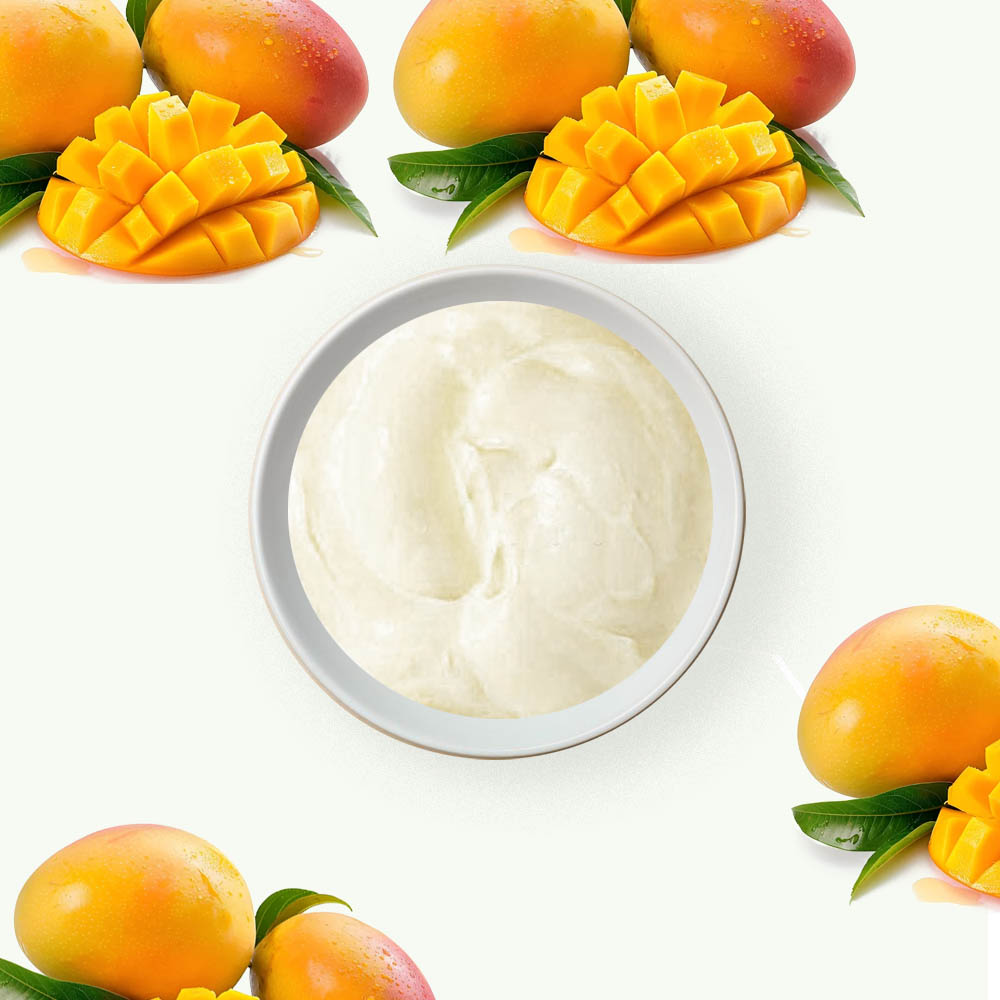
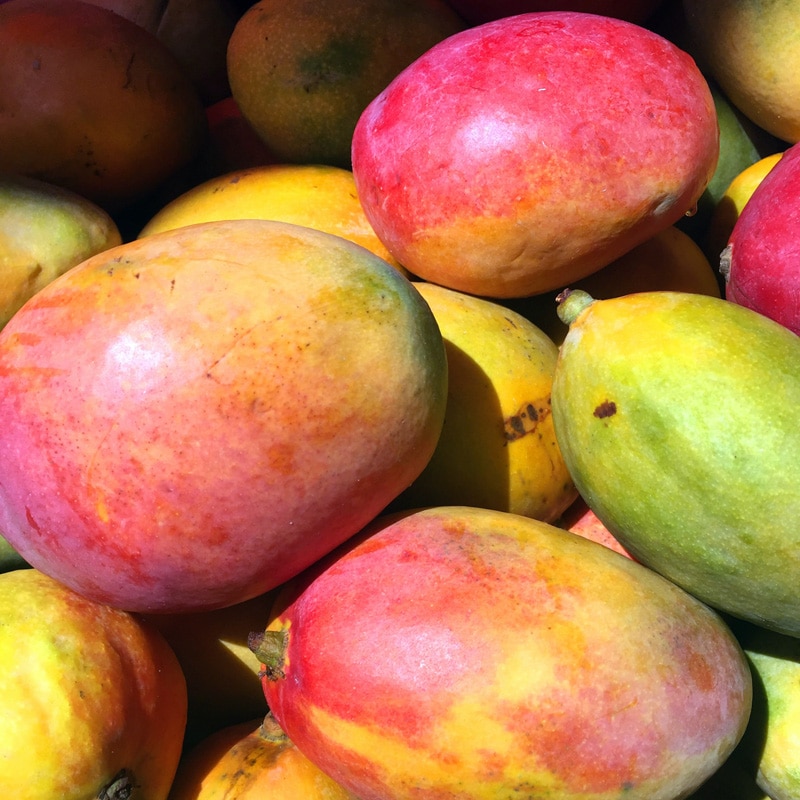

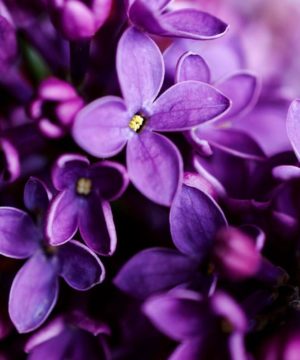
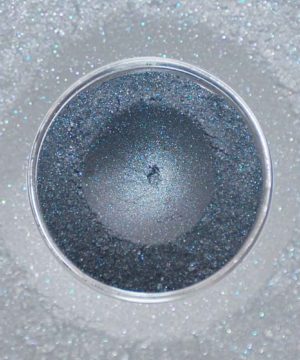
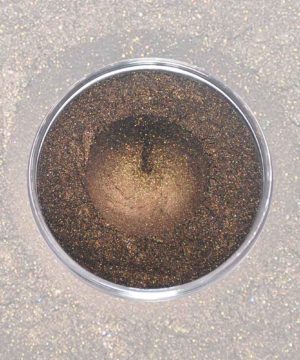
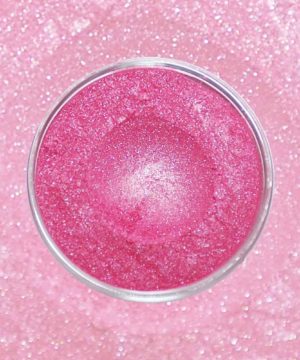
Reviews
There are no reviews yet.